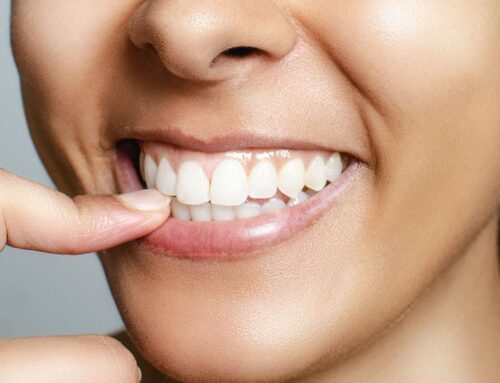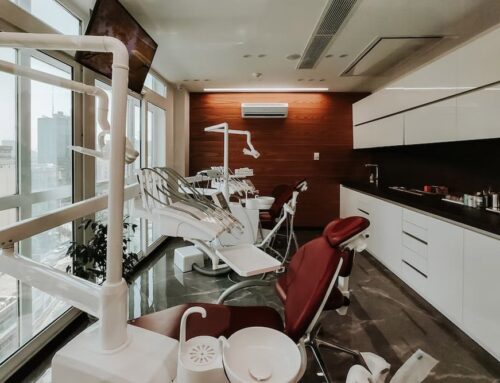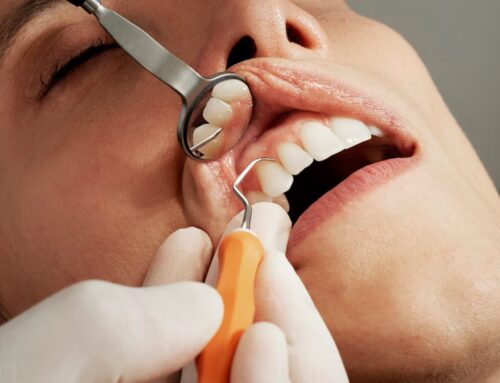What is CEREC?
Today I’m going to be talking about CEREC CAD/CAM
– what it is and what it does. Now, you’ve probably heard us talking a lot about “same day crowns” at your Littleton Ken Caryl Dentist and being able to make dental crowns in the office instead of sending them out to be fabricated. Our CEREC system consists of 3 pieces of equipment that allow us to take a digital impression of your teeth, design a custom dental crown restoration, and stain and glaze it to be a beautiful match to your mouth.
The first step is the digital scan. This is the “CAD” part of CAD/CAM – it stands for Computer-aided design. We use the most sophisticated scanning unit available in dentistry, called the CEREC Primescan, to take a digital impression of your mouth. This unit takes 50,000 images per second, at 1 million 3-D pixels per second, and allows us to take even a full-mouth scan in under 5 minutes. It is extremely accurate, allowing us to ensure a well-fitting restoration. After the digital impression is taken, we use the Primescan to design an ideal crown or inlay that will fit and function just like your natural tooth.
Once the restoration is designed, the next step is the milling process. This is the “CAM” part of CAD/CAM – it stands for Computer-aided manufacturing. The Primescan will send our restoration design to the PrimeMill for fabrication. This is the really fun part, and a lot of our patients will watch the Primemill in action as it cuts our design out of a ceramic block using diamond burs (similar to small drill bits). Once the milling process is complete, your assistant will return to the room and try-in your restoration to ensure fit, including taking an x-ray to check the inside of the restoration and between your teeth. Many of our crowns are made out of a material called E.Max, or BlueBlock. If so, the crown will look purple before the third step due to the composition and structure of the pre-crystallized glass-ceramic.
The third and final step of the Cerec process is firing in the SpeedFire. This will give the restoration its final strength, and final color to match your adjacent teeth. The 25-minute crystallization process occurs at over 1500°F and converts the blue shade of the pre-crystallized block to the final block shade. It causes increased growth of the crystals and increases the density of the material.
Once the restoration has cooled, it is ready to be cemented onto your tooth. After the final restoration is checked, and any adjustments are completed, you are ready to go! No need for a second appointment, no temporary crown, and no messy impressions. Just same-day dentistry in Littleton Ken Caryl.





